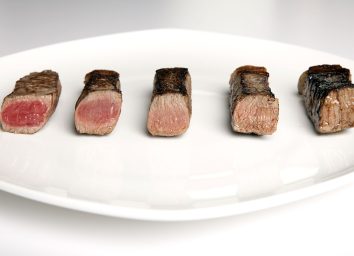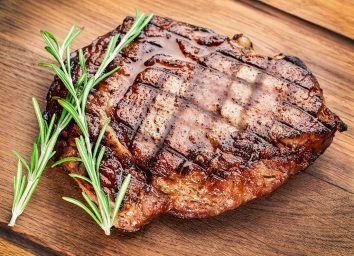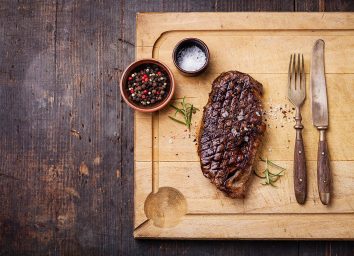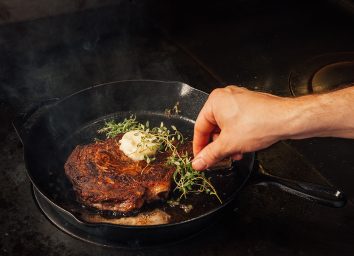Your Guide to Understanding the Best Cuts of Beef
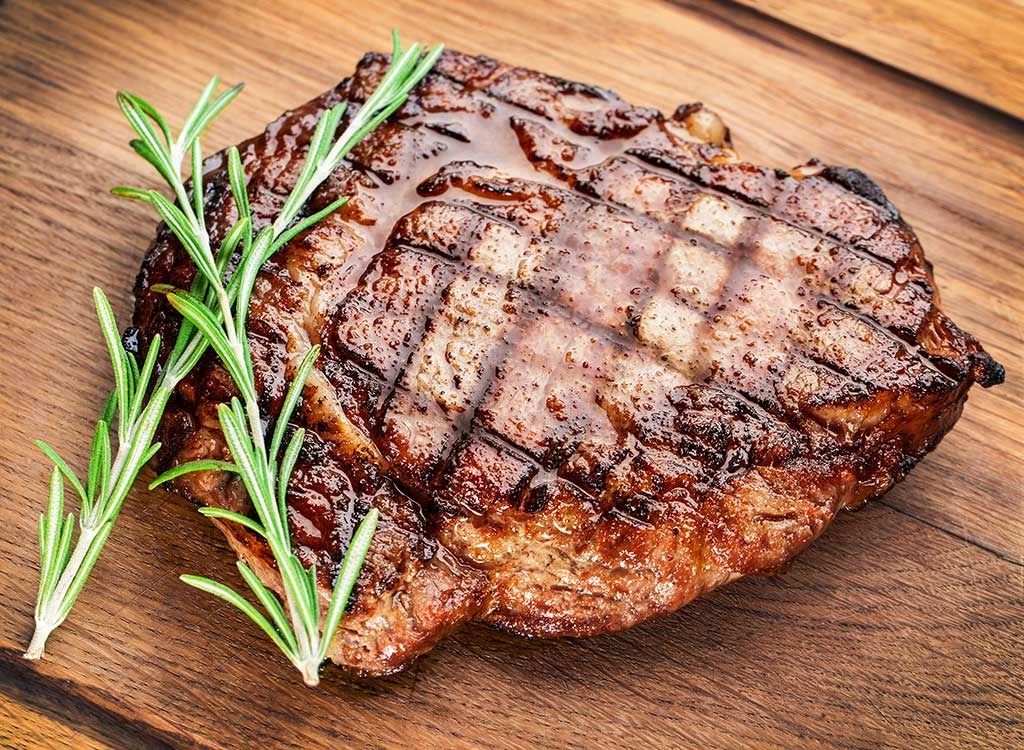
"Beef. It's what's for dinner."
If you were around in the '90s, you probably remember the catchy television ad with a rodeo jingle and Sam Elliott's western drawl. The message is still relevant today: Beef can be extremely versatile. From a juicy filet mignon to a slow-cooked, dry-rubbed brisket to a T-bone steak for two, there are a lot of options when it comes to cuts of beef.
To really help get to the meat of this matter, we asked two chefs and a butcher to explain the variations between some of the best cuts of beef.
Filet Mignon
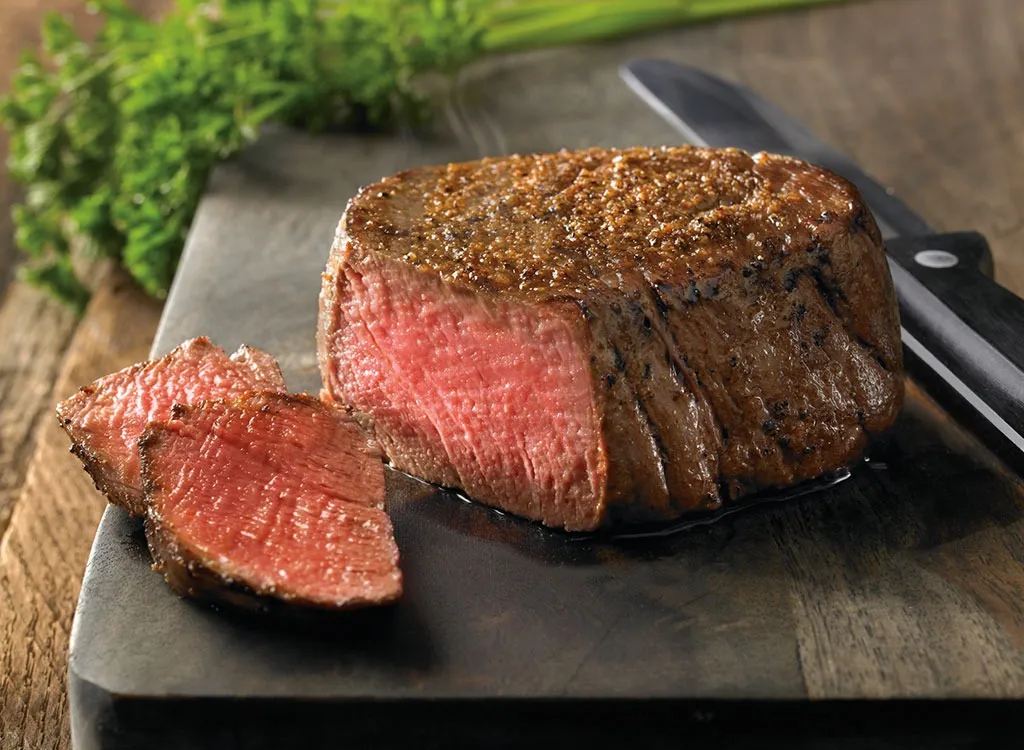
Filet mignon is prized for its tenderness, lack of fat, and mild flavor, says Rusty Bowers, owner and chief butcher at Pine Street Market, a whole animal craft butcher shop, and co-owner of Chop Shop, a butcher and farmed-owned retail shop. This cut of steak comes from the smaller end of the tenderloin, which sits beneath the ribs next to the backbone on the cow, he explains.
The high price tag for filet mignon comes down to basic economics. It's got a lot of fans, and the steer can only produce a small amount of it, explains Joseph Paulino, executive chef at Wall Street Grill in New York City. Paulino recommends cooking an eight-ounce filet by searing it in a hot sauté pan for three minutes on each side. Then, place it in a 400-degree oven for eight minutes and let the meat rest for 10 to 12 minutes.
And if you want a still-tender cut of steak for a bit less money, go with a flat iron cut. It's cheaper than the filet mignon, but is still more flavorful than some other cuts of beef, Bowers says.
New York Strip
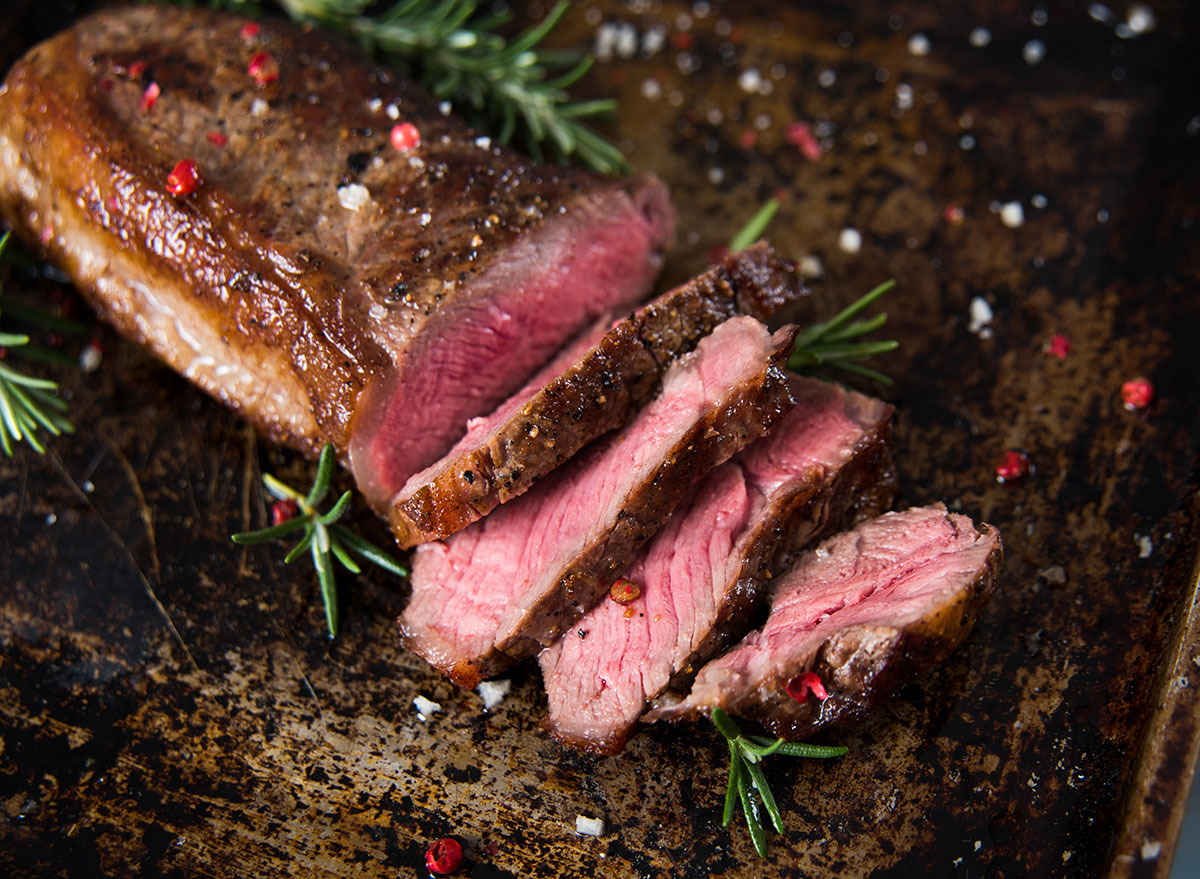
The New York strip steak comes from the back of the cow, and like the filet mignon, it's on the higher end of the price scale. The short loin consists of a muscle that does little work, so that makes it a particularly tender cut of beef, Bowers says.
Like a filet mignon, New York strip steak is perfect for fast and hot cooking. "What I love about this cut is that it boasts a fat cap that protects and bastes the meat as it cooks," Bowers explains. Expect a little chew to this cut, says Paulino. And know that the more marbling it has, the more tender it will be. The chef also suggests grilling a New York strip steak on a charbroiler to lock in the steak's juices.
T-Bone
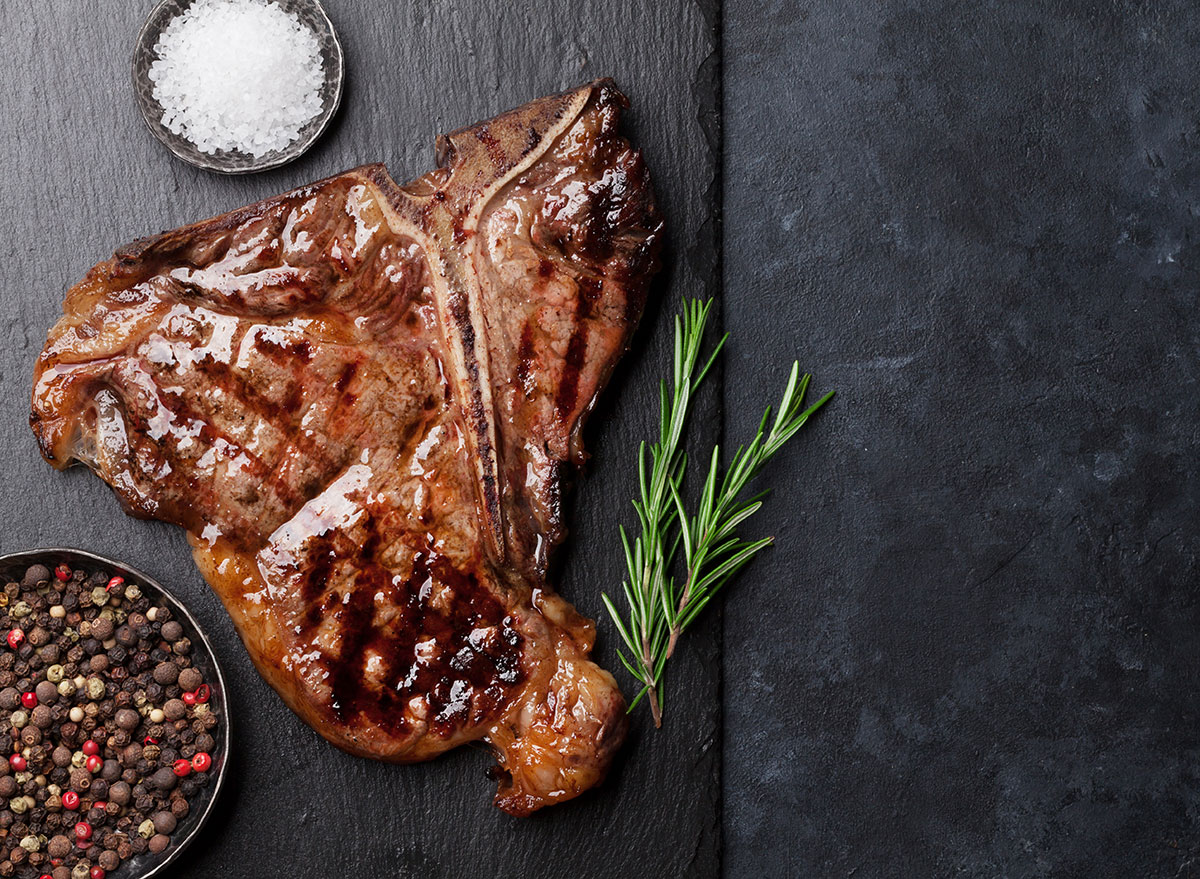
"This giant, shareable steak is the cross-cut of both the New York strip and the filet mignon connected with a bone in the shape of a T," Bowers explains. What that means: It's the best of both worlds, sourced from the short loin.
Because T-bones are hulking, high-quality cuts, you'll see a price tag on the higher end to reflect that. When cooked on the bone, they benefit from an extra richness, Bowers says. Like the New York strip, T-bone steaks are great for quick, hot cooking.
Rib eye
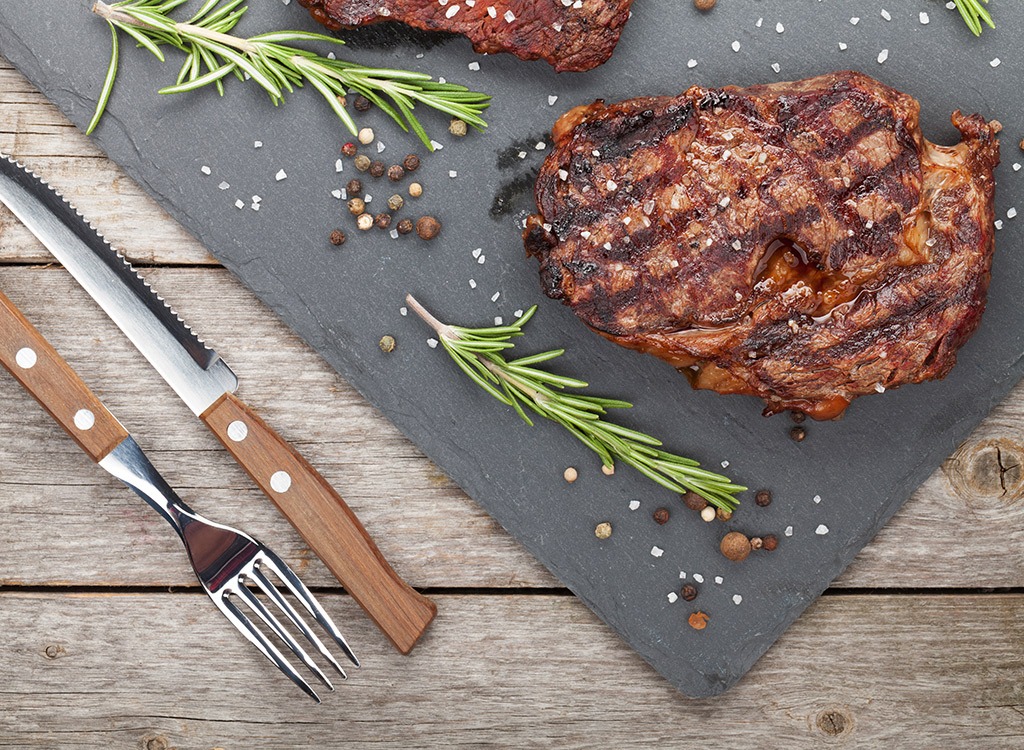
The rib eye comes from, you guessed it, the cow's rib section. It has an alias on some menus and can be known as a Delmonico Steak, taking its name from famed New York City restaurant Delmonico's. Price-wise, rib eye steaks are on the higher end.
The boneless steak is rich, tender, and juicy, and it has a lot of marbling, indicating its high quality. Plus, the fat content is high in a rib eye steak, explains Chef Joseph Voller of il Nido restaurant in Marlboro, New Jersey. "The rib steak is well suited to fast cooking on cast iron or fire," he says. An ideal temperature for a rib eye steak, he says, is 135 to 138 degrees.
Brisket
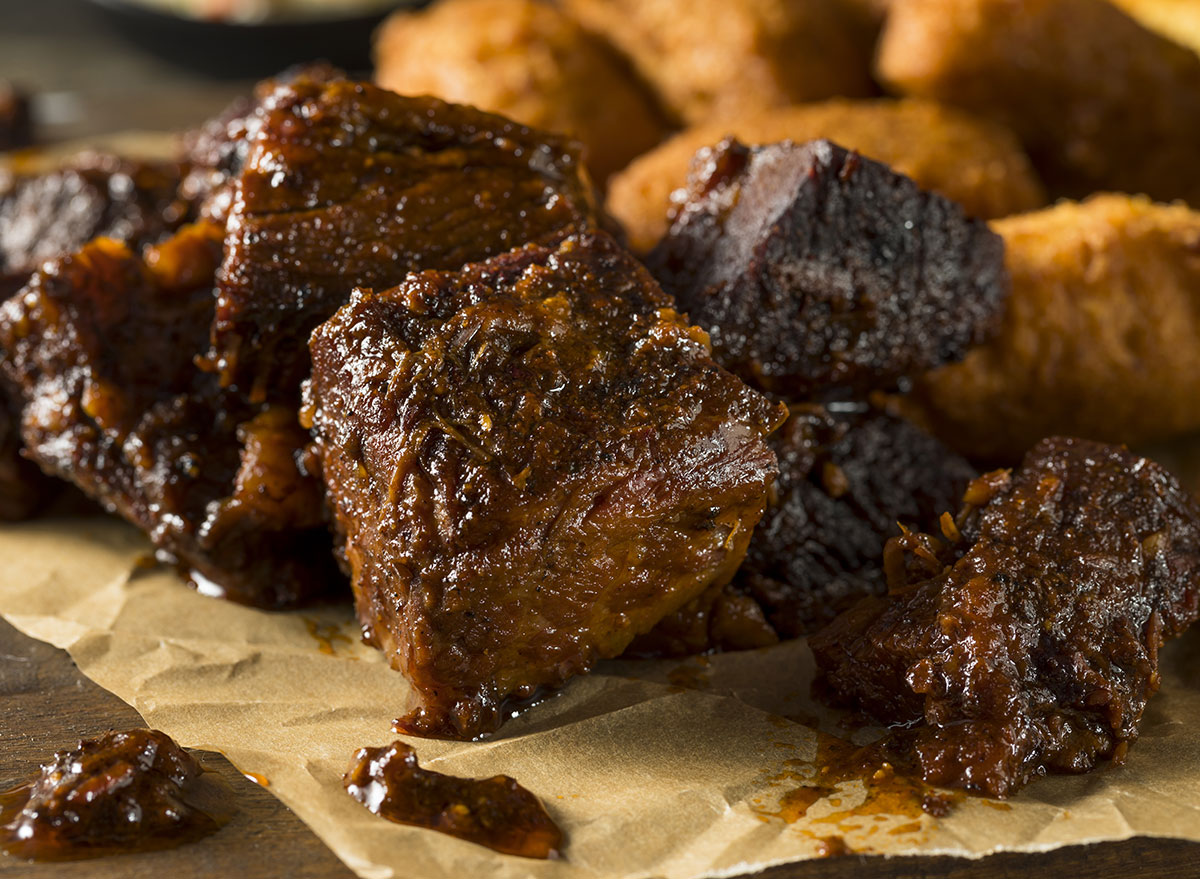
Sure, brisket may come across as a tough cut of beef, but with patience, it can become a tender roast. Brisket comes from the chuck area of the cow, right above the front leg, Bowers says. It also tends to come at a more moderate price point than some of the other popular cuts of beef.
This cut is perfect for "slow and low cooking" that breaks down the connective tissue and rich fat. The traditional low-heat cooking style makes brisket a buttery, tender roast that can be sliced or shredded. And, of course, it's a star on barbecue menus.
Bowers recommends grilling or smoking it at a lower temperature (about 220 degrees) for 12 hours. You'll know brisket is cooked when the internal temperature reaches 185 degrees for sliced brisket and 195 degrees for shredded brisket.
"Pro tip: Once it comes off the grill or smoker, place in an insulated box, like an Igloo cooler, and let the temperature come down slowly for two hours or so," Bowers says. With the right cooking methods, brisket should have a rich, juicy, beefy flavor.
Porterhouse
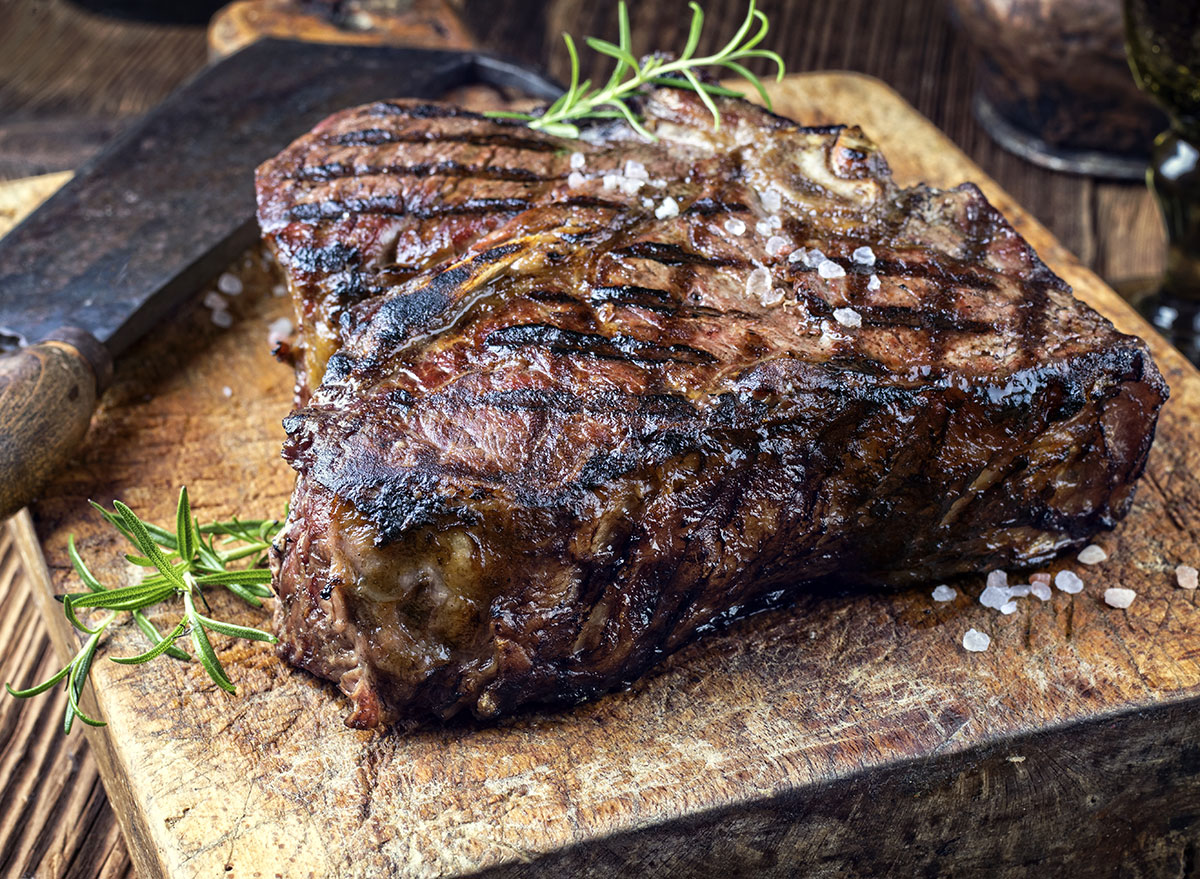
Porterhouse and T-bone steaks may look a lot alike, but they're not the same. The tenderloin in a porterhouse is thicker, measuring at 1 1/4 inch or larger in diameter. The porterhouse comes from the short loin, which consists of the striploin and the tenderloin sections, connected by a bone shaped like a T, explains executive chef Wade Eybel of Park Hyatt Beaver Creek and 8100 Mountainside Bar & Grill in Colorado.
"One end of the short loin has a larger portion of tenderloin and striploin, and that is where the Porterhouse comes from," Eybel explains. The porterhouse is well-marbled and is a steakhouse classic. Like the T-bone, the porterhouse will take longer to cook, because it's a thick, bone-in cut. Porterhouse steaks are typically on the higher end of the pricing scale. That's because of both the portion size and the amount of tenderloin in the cuts, Eybel says.
Porterhouse is fairly tender and benefits from quick cooking and serving no higher than medium in temperature, Voller says.
Chuck Roast
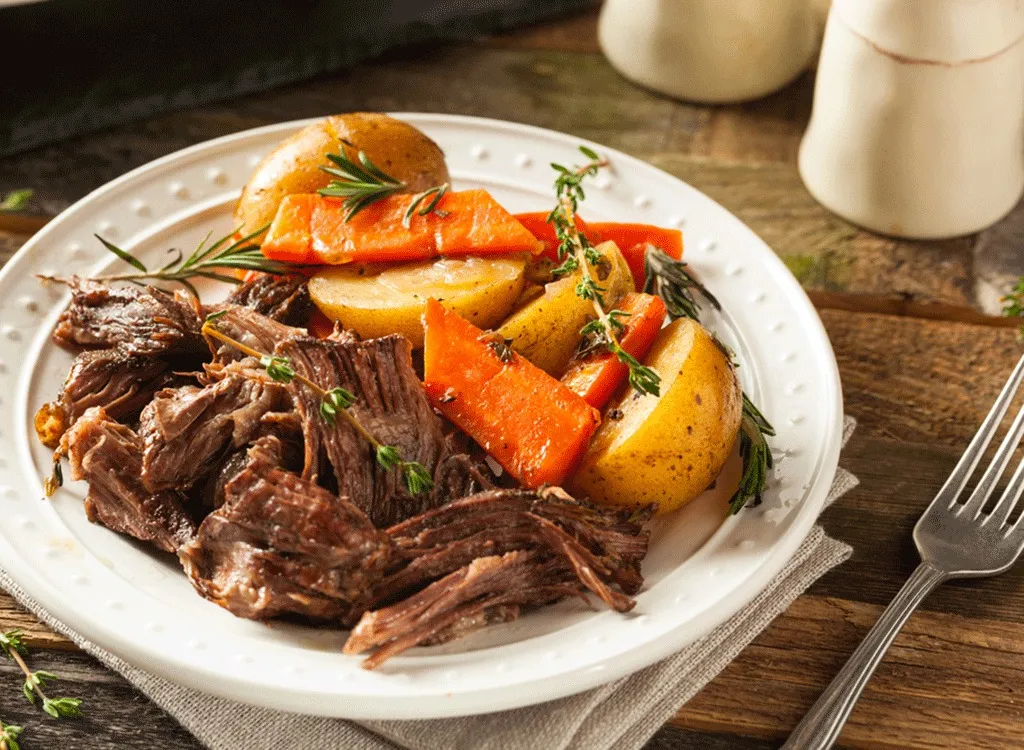
Chuck roast, which comes from the cow's shoulder, is among the cheapest cuts of beef you can buy, Bowers says. "The chuck roast is like the beef version of the pork butt," the butcher explains. "It makes for a great pot roast or ground beef."
Bowers recommends searing the roast on high heat and adding it into a pot for braising with bone broth and roasted tomatoes. Add a touch of Dijon mustard, a sprig of rosemary, and a couple of garlic cloves to take it to the next level. With patience, chuck roast is good at taking on the flavor in which you braise it, says Paulino.
Round Roast
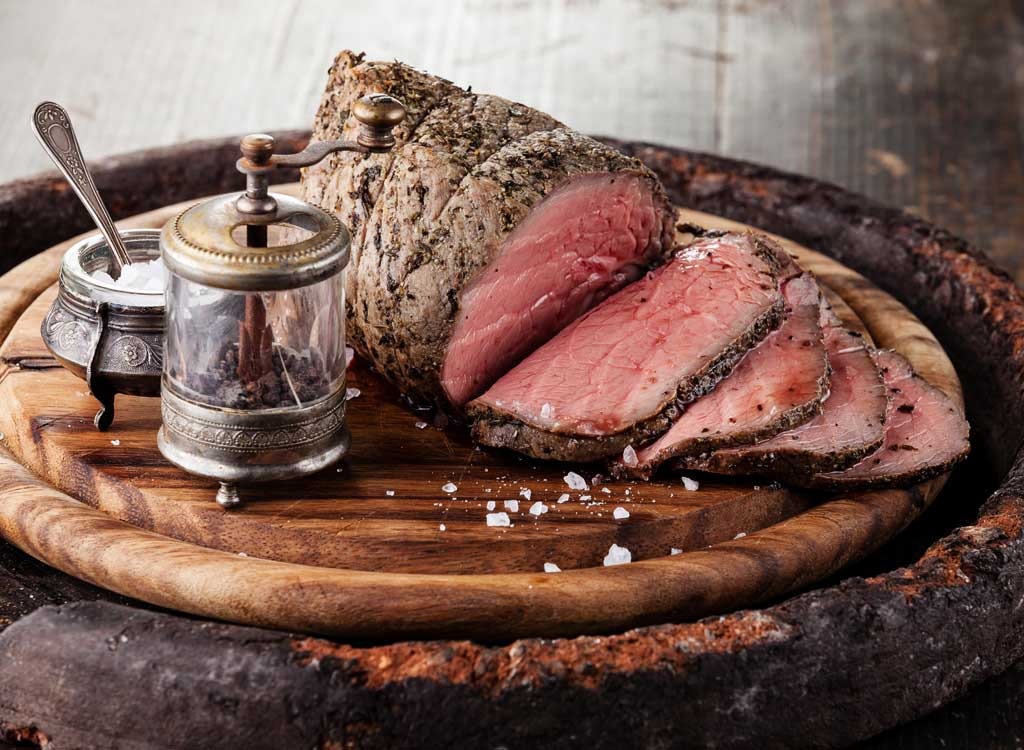
Cut from the back leg of the cow, this is an inexpensive, rich, flavorful cut. It makes an amazing roast beef, Bowers says. Round roast should have a mild flavor, and you can give it a good crust on your oven or grill.
Bowers recommends cooking a cut of round roast on your grill at 500 degrees to an internal temperature of 115 degrees to keep it rare. This lean cut is juicy and tender at rare to medium rare, he says. But a round roast can become tough at more well-done levels, so you don't want to cook it over 120 degrees. Prior to cooking, the butcher recommends seasoning it generously with kosher salt and freshly ground black pepper and letting it rest at room temperature for 30 minutes per pound.
Whether you're a seasoned grill master or a beginner chef, it's always good to know more about what you're buying and how to best prepare your favorite cuts of beef. You don't have to buy the most expensive option to have a delicious dinner, either. If you know how to cook each type of beef the right way, the possibilities are endless.
